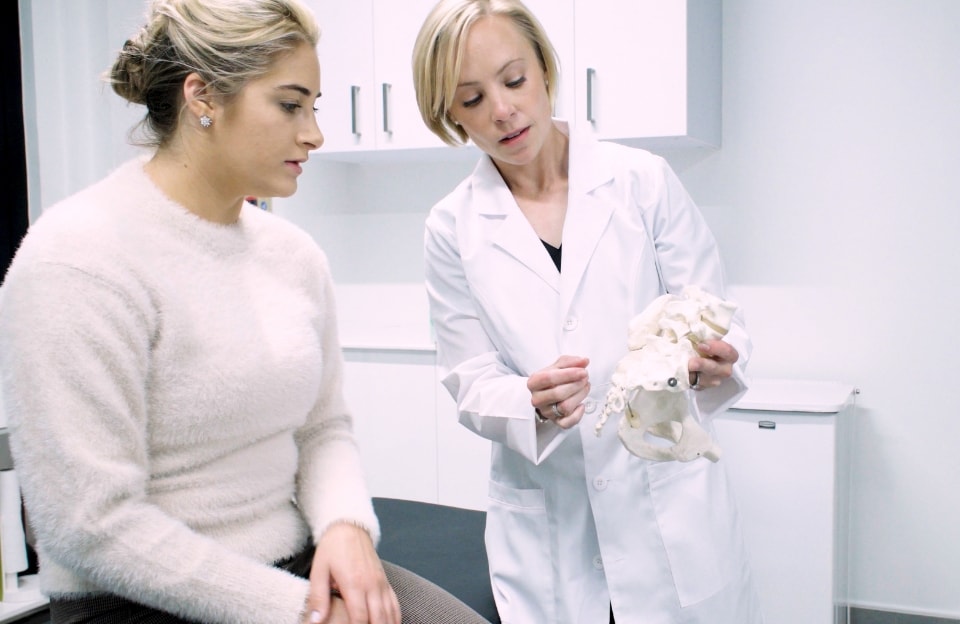What kind of doctor treats veins?
The official terminology for a doctor who treats varicose veins and spider veins is “phlebologist.” The term comes from the word “phlebology,” which refers to the branch of science concerned with the diagnosis and treatment of vein problems, such as spider veins, varicose veins, chronic venous insufficiency, restless leg syndrome, and deep vein thrombosis. If you have any aforementioned concerns, you must consult a reliable vein doctor.
What is the name of a doctor who specializes in veins?
The name of a doctor who specializes in veins is “phlebologist,” colloquially known as vein doctors, vein specialists, vascular doctors, or vascular surgeons. Technically, any physician can become a vein doctor if they pass a few written examinations and tests, so the barrier to entry into vein treatments is fairly low. Vein doctors come from numerous fields of medicine, including dermatology, cardiology, anesthesiology, and more.
Since the barrier to entry into vein care is so low, the market is full of fairly inexperienced vein doctors with minimal skills and expertise. You must identify highly skilled and related vein doctors who diagnose and treat the root cause of your vein problems — not just the superficial symptoms. Please identify board-certified vein specialists with advanced training in minimally invasive spider vein and varicose vein treatments in Long Island.

How do you know if you have vein problems?
The most common and visible vein problems are spider veins and varicose veins. Spider veins are dense clusters of blood vessels that appear on the skin’s surface, looking like dense spider webs underneath the skin. Varicose veins are dense blood vessels that protrude out of the skin’s surface, looking like tangled, twisted, and knotted ropes. Spider veins and varicose veins are the most visible vein problems, but they’re not the only vein problems.
You can also identify vein problems based on fairly benign symptoms, such as leg heaviness, restless leg syndrome, frequent leg cramps, leg swelling, and leg pain, especially if the symptoms worsen at the end of the day or after long periods of sitting or standing still. These are some of the earliest symptoms of chronic venous insufficiency, the disorder of the circulatory system responsible for most vein problems, including spider veins and varicose veins.
When to get varicose veins checked out?
The presence of varicose veins indicates you have advanced chronic venous insufficiency. It also means you’ve probably had undiagnosed vein disease for several months or more. Varicose veins are extremely dilated blood vessels, and they usually appear when blood has been accumulating in your leg veins for extended periods. If you notice varicose veins, you must consult vein specialists for diagnosis and treatment as soon as possible.
If left untreated, varicose veins will continue expanding and dilating. As more blood accumulates in the leg veins, the varicose veins will dilate and weaken, increasing the risk of burst varicose veins. When your varicose veins burst, you suffer from profuse bleeding, for which you must be taken to an emergency room. Other potential long-term complications of untreated vein disease are leg ulcers, skin discoloration, deep vein thrombosis, and more.
How do I know if I need vein treatment?
You know you need vein treatment or at least a diagnosis if you identify any signs or symptoms of chronic venous insufficiency. Venous insufficiency is a circulatory disorder wherein your vein valves collapse, and blood accumulates in the leg veins. In healthy veins, the valves act as one-way doors, ensuring smooth one-way blood circulation to the heart against the force of gravity. When your vein valves collapse, blood flows backward and accumulates in the leg veins because of gravity.
The continued accumulation of blood in leg veins leads to numerous problems. The earliest signs and symptoms of vein disease include restless leg syndrome, frequent leg cramps, leg swelling, leg heaviness, leg pain, and spider veins. If left untreated, vein disease may eventually lead to varicose veins, skin discoloration, leg ulcers, and a potentially fatal condition known as deep vein thrombosis. If you identify any of these vein problems, you should consult vein specialists for a diagnosis and treatment.
Is walking good for varicose veins?
Walking is good for varicose veins because it improves your blood circulation and activates your calf muscles. Your leg muscles, when contracted, push some of the accumulated blood towards the heart, thus alleviating the symptoms of vein disease. However, walking can temporarily alleviate the worst symptoms of vein disease and leg discomfort. If you want to remove varicose veins and treat the underlying condition, you need a proper diagnosis and treatment.
Are compression socks good for varicose veins?
Compression socks are skin-tight garments that apply pressure on your leg veins. When you wear compression socks, they push some of the accumulated blood from your leg veins to your heart, thus alleviating the worst symptoms of vein disease and discomfort. However, compression socks can only alleviate some of the symptoms of vein disease — they can’t treat varicose veins. You need to consult vein specialists for minimally invasive treatments to remove varicose veins completely.
What can I expect at a vascular doctor?
When you consult vein specialists in Long Island, you can expect a thorough assessment, diagnosis and treatment. Our vein doctors examine your leg veins, review your health history, discuss your goals, and administer vascular imaging tests to visualize and diagnose the root cause of your vein problems.
After determining if you have vein disease, they curate a personalized treatment plan consisting of minimally invasive procedures, such as radiofrequency ablation, endovenous laser ablation, venaseal, and ambulatory phlebectomy. The procedure concludes within an hour with no downtime, allowing you to resume your daily activities immediately.